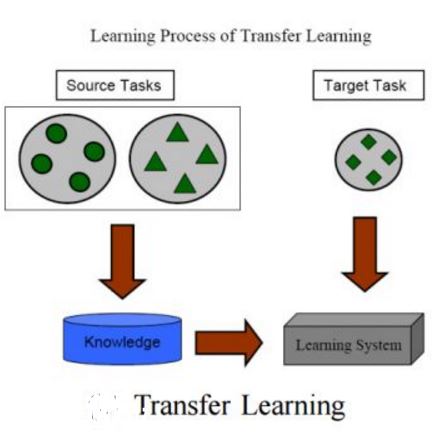Unlabeled data is often abundant in the clinic, making machine learning methods based on semi-supervised learning a good match for this setting. Despite this, they are currently receiving relatively little attention in medical image analysis literature. Instead, most practitioners and researchers focus on supervised or transfer learning approaches. The recently proposed MixMatch and FixMatch algorithms have demonstrated promising results in extracting useful representations while requiring very few labels. Motivated by these recent successes, we apply MixMatch and FixMatch in an ophthalmological diagnostic setting and investigate how they fare against standard transfer learning. We find that both algorithms outperform the transfer learning baseline on all fractions of labelled data. Furthermore, our experiments show that exponential moving average (EMA) of model parameters, which is a component of both algorithms, is not needed for our classification problem, as disabling it leaves the outcome unchanged. Our code is available online: https://github.com/Valentyn1997/oct-diagn-semi-supervised
翻译:未贴标签的数据往往在诊所里大量存在,使基于半监督的学习的机器学习方法与这一环境相匹配。尽管如此,他们目前在医学图像分析文献中相对很少受到重视。相反,大多数从业者和研究人员侧重于监督或转移学习方法。最近提议的MixMatch和FixMatch算法在提取有用的表述方法方面显示了有希望的结果,同时需要很少的标签。我们受这些最近成功的影响,在眼科诊断环境中应用MixMatch和FixMatch,并调查它们如何与标准传输学习相匹配。我们发现,这两种算法都超过了所有标签数据分数的转移学习基线。此外,我们的实验表明,作为两种算法的组成部分的模型参数的指数移动平均(EMA)对于我们的分类问题来说并不必要,因为分离它使结果保持不变。我们的代码可以在网上查阅:https://github.com/Valentyn1997/oct-diagn-semime-supervised。


